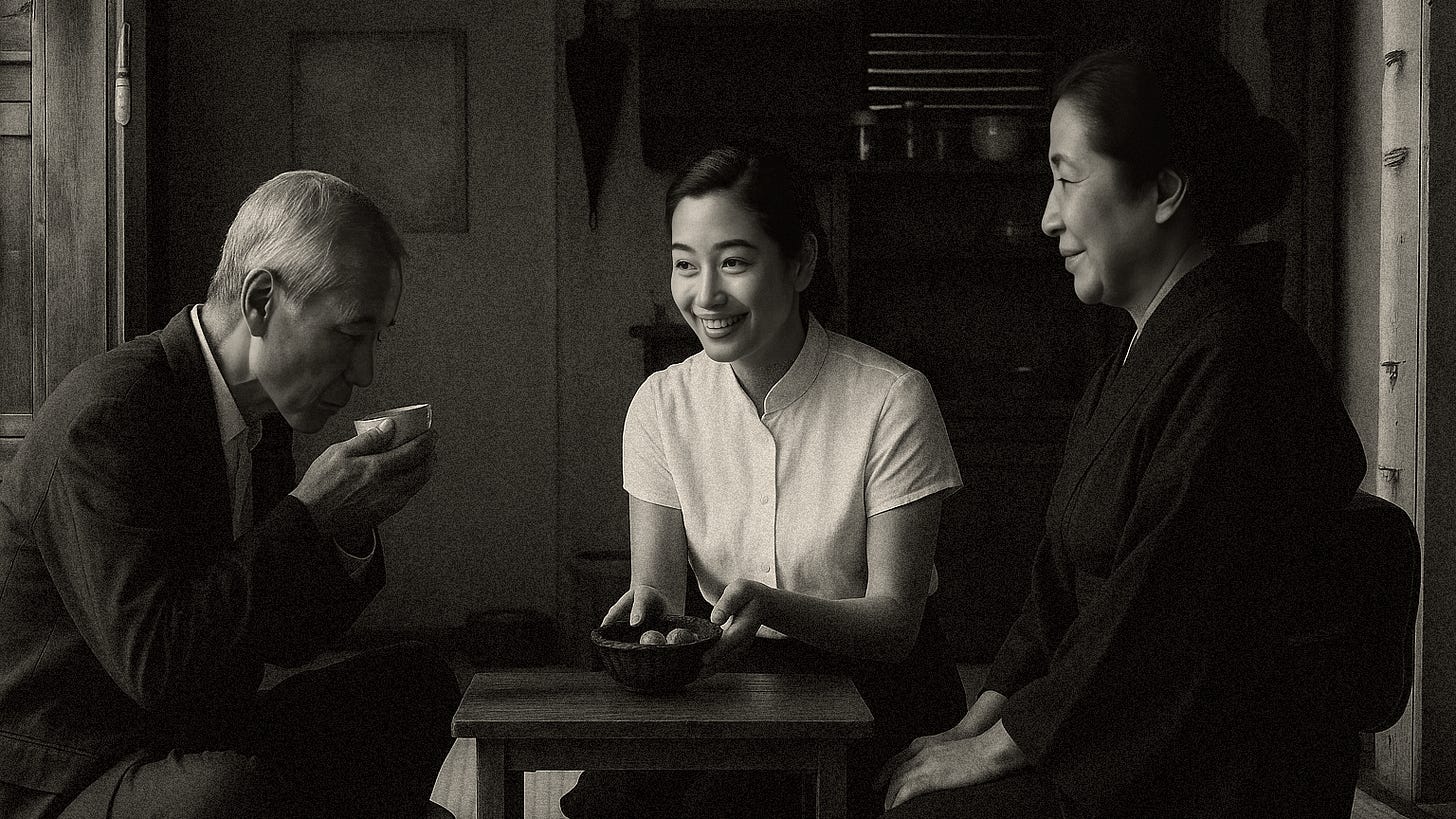Attentive Living as a Path of Zen
From Kukai’s Framework to Everyday Satori
Where, exactly, does Zen reveal its most distinctive quality? This question is, of course, identical with the fundamental inquiry into what Zen actually is, and in this essay I clarify that point from an angle different from conventional accounts.
First, Buddhist philosophy, because of its long history, has divided into many communities and lineages. Recognizing this helps us survey Zen’s place as a whole. What proves useful here is the systematization carried out by Kukai (空海, 774–835). This heterodox monk undertook the task of bringing order to a Buddhism that had already fallen into chaos, and he was the first to propose a path of genuine individualization that matched each person’s capacities. The background was that, once people entered a religion, they tended to become increasingly dependent on it and, after devoting most of their lives, still failed to attain religious fulfillment. Because in those days the expansion of a Buddhist sect’s followers equated directly with its political influence, every lineage in Kukai’s era resorted to extravagant publicity and florid rhetoric to gather “followers,” to use a modern social-media expression.
In other words, just as medicine is now becoming ever more personalized, faith too must be chosen not for “numbers,” “name recognition,” or the charisma of a “leader,” but by selecting what fits each individual. Large institutions that try to hold vast memberships therefore face an uncertain future. Knowing one’s present position and choosing the best road sounds simple, yet in reality it is extremely difficult.
The situation was no different in Kukai’s day. Most people, without really understanding doctrine, affiliated themselves with whichever sect had the largest membership, or which their family and friends belonged to, or which wielded strong political power, or which possessed a charismatic leader. In fact, Buddhism had long established the danka system (檀家), whereby affiliation was not at the level of individuals but of households and lineage; ordinary people had no freedom to choose. In Japan this system remains deeply rooted. In the Jōdo-shū the term is shinto (信徒), in the Jōdo-Shinshū it is monto (門徒); either way, the device exists to keep believers across generations and bears no direct relation to individual spiritual attainment.
As a result, the aims of believers and the purposes of their lives often do not coincide, and they stray far from their own path. My view is that Kukai felt an extreme dissatisfaction with this, refused to accommodate the established Buddhist lineages, sought a new way, and resolved to lay the foundations for guiding many people. That, I believe, is the reason he was a unique figure.
In Kukai’s case, the answer could not be found in Japan, so he used the Kentōshi (遣唐使) system, traveling as a student to Tang China, then the world’s foremost civilization, where he could learn directly from great teachers. The systematic theory he fashioned with this advanced knowledge was compiled as the Jūjūshinron (十住心論). At the request of Emperor Junna, the 53rd sovereign (r. 823–833), Kukai produced this first work to organize the confused Buddhist sects, presenting it around 830 CE. Its distinctive feature is that, rather than merely listing sectarian differences, it re-situated religion as a whole from the perspective of “the human mind.” Kukai divided the journey from the “ordinary person” (bonpu 凡夫) to the ultimate state of “satori (悟り)” into ten levels and succeeded in mapping especially the major Buddhisms of his time.
While this concept might be complex even for many Japanese, the ideas themselves are relatively straightforward. Briefly, these ten stages are:



